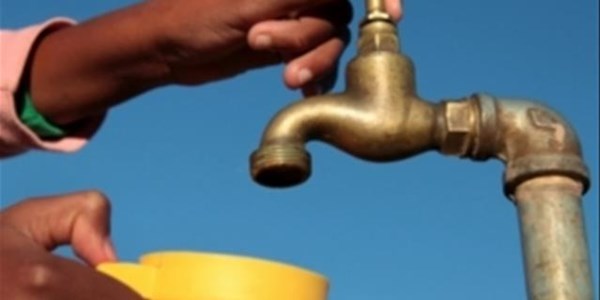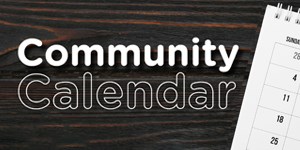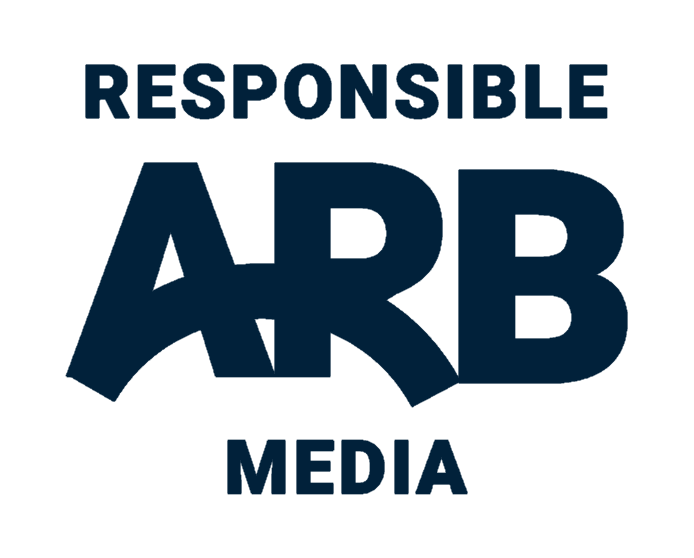Central SA
The human cost of #QwaqwaWaterCrisis─── OLEBOGENG MOTSE 06:08 Wed, 28 Oct 2020

A University of the Free State (UFS) lecturer, has in his doctoral thesis described the tragic drowning of 8-year-old Mosa Mbele in January as the human cost of the Qwaqwa water crisis.
Dr Kgosi Mocwagae was wrapping up his dissertation on the water crisis in January when the school girl slipped and fell into a river in Qwaqwa, while attempting to fetch water. This sparked unrest in the area. His research sought to track the history of the water crisis, to document the lived experiences of the community and to identify the actors that have intervened in the crisis. According to the United Nations’ guidelines on water access, an adult needs between 50 and 100 litres of water to meet their basic needs, the water source has to be within 1 km of their home and collection time should not exceed 30 minutes. Mocwagae shares how 581 Qwaqwa households fared in his research from a water access perspective.
"When we actually look at the household sizes versus the amount of water they’re able to collect, this was below the minimum amount of water they had to get access to. The time spent on a daily basis was beyond the 30 minutes stipulated as a maximum. And, they travelled more than a kilometre a day to access water,” explains Mocwagae. In light of how mountainous Qwaqwa is, he stresses that this must be especially difficult for the elderly.
The Urban and Regional Planning lecturer observed gross inequalities in Qwaqwa as a young boy, simply by playing with his friends in the area. He relates that even though his family had access to running water, and a geyser in their home, he noticed from early on that his friends - who lived a mere five minutes away - weren’t as fortunate. They would be “sent to go collect water using a wheelbarrow with water containers”, a memory that remained with him when the water crisis gained media traction in 2016.
The Tugela-, Caledon- and Eland Rivers all originate from the Mont-Aux-Sources Mountain which is located in Lesotho, KwaZulu-Natal and the Free State – specifically Qwaqwa. These rivers flow into the Indian Ocean, the Orange River and the Wilge River, into the Vaal Dam - an indication that Qwaqwa forms part of the country’s water basket. Despite this, the area still struggles with access to water. Mocwagae tracked the history of water provision in Qwaqwa, beginning in the 1970s.
When Qwaqwa was first established as a self-governing homeland designated for the Basotho people in 1974, water was accessed by residents via water tanks, much like it is in 2020. It is estimated that the establishment of the homelands changed the population from 24 000 to roughly 240 000 people, placing water as a resource under pressure.
It was only in 1976 that the first dam – named the Metsi-Matsho dam – was constructed. According to the researcher, information sourced from the South African Institute of Race Relations, the dam wasn’t only used for domestic use, it was in the main intended for industrial use as factories were built in the homelands. A decade after the Metsi-Matsho Dam was erected, the well-known Fika-Patso Dam was constructed – this latter dam has gone on to supply roughly 85% of Qwaqwa with water.
The dam, however, doesn’t have consistent water flow from its source. Plans were then made to build additional dams to support the Fika-Patso Dam. However, by the turn of the 90s, the then government stopped funding homelands.
Over the years the mass exodus of people from Qwaqwa in the early 2000s to other urban areas, alleviated the pressure on the former homeland’s water sources, but as is known, this was only temporary.
OFM News













